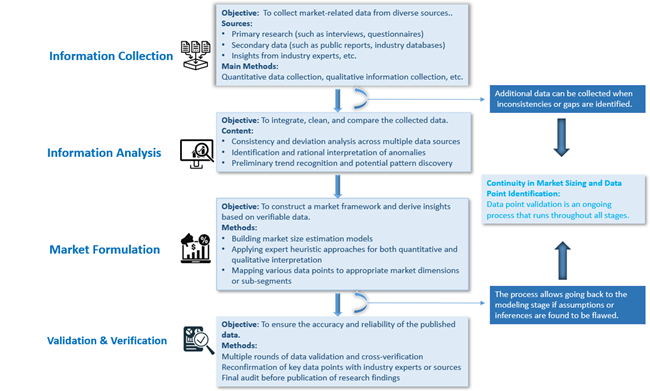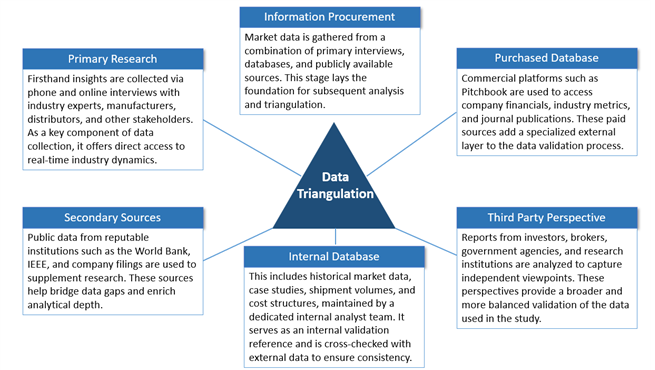The basic principle of the optical module involves receiving an electrical signal of a certain data rate at the transmitting interface, which is then processed by an internal driver chip to drive a semiconductor laser (LD) or light-emitting diode (LED). This generates a modulated optical signal that is transmitted through optical fiber. At the receiving interface, the optical signal is converted back into an electrical signal by a photodetector, amplified by a preamplifier, and output at the corresponding data rate. Externally, optical modules are typically connected to optical patch cords via fiber connectors, which in turn connect to other optical communication equipment or networks.
According to LookWhole Insight, the global Optical Module market is projected to reach USD 13.65 Billion in 2024. It is expected to grow to USD 41.82 Billion by 2033, registering a compound annual growth rate (CAGR) of 13.25% during the forecast period (2025–2033).
Optical Module Market Analysis
An optical module, formally known as an Optical Transceiver, is a core component in optical communications. It enables the conversion between optical and electrical signals. The module consists of optoelectronic devices, functional circuits, and optical interfaces, with the optoelectronic devices comprising both transmitting and receiving units.
The basic principle of the optical module involves receiving an electrical signal of a certain data rate at the transmitting interface, which is then processed by an internal driver chip to drive a semiconductor laser (LD) or light-emitting diode (LED). This generates a modulated optical signal that is transmitted through optical fiber. At the receiving interface, the optical signal is converted back into an electrical signal by a photodetector, amplified by a preamplifier, and output at the corresponding data rate. Externally, optical modules are typically connected to optical patch cords via fiber connectors, which in turn connect to other optical communication equipment or networks.
Optical communication has long been a highly discussed sector in the communications field. Driven by emerging technologies such as 5G, 6G, AI, cloud computing, and the Internet of Things (IoT), the industry is experiencing expansive market potential and development opportunities. Optical communication and copper communication are the two main data transmission methods in modern communication technology, each with distinct advantages and application scenarios. Copper signals tend to attenuate over distance, making it more suitable for short-range transmissions. In contrast, optical communication—transmitting information via light waves through optical fibers—offers faster speeds, larger capacity, and greater transmission stability, making it ideal for long-distance transmission. As such, it plays a central role in modern network infrastructure.
With the development of artificial intelligence, the iteration and upgrade speed of optical module products has accelerated, and the 1.6T high-speed optical communication era is accelerating
Global Optical Module Market: Competitive Landscape
LookWhole Insight's report shows that the optical module industry market is highly competitive, and the competition landscape is diversified. Many domestic and foreign companies have entered this field. From the perspective of the global optical module competition landscape, China occupies an important position. In recent years, with the rapid growth of domestic demand for optical modules and the increase in supply to overseas cloud computing vendors, the proportion of Chinese manufacturers in global optical module revenue has remained at a high level.
In the international market, communication equipment vendors represented by Cisco, Huawei, and ZTE, as well as chip vendors represented by Intel and Broadcom, have occupied a large market share with their strong technical strength and brand influence. In the domestic market, in addition to communication equipment vendors such as Huawei and ZTE, there are also optical device companies such as Accelink Technology and Xinyisheng that have certain market competitiveness. From the perspective of the 2023 corporate rankings, China accounts for 7 of the top ten companies in 2023. Coherent has dropped from the first place tied with Zhongji Xuchuan last year to the second place; Cisco has dropped from the second place to the fourth place; Marvell has risen to the tenth place. The following is the market revenue ranking of each company from 2010 to 2023:
|
Rank |
2010 |
2016 |
2018 |
2023 |
|
1 |
Finisar |
Finisar |
Finisar |
Innolight |
|
2 |
Opnext |
Hisense Broadband |
Innolight |
Coherent |
|
3 |
Sumitomo |
Accelink |
Hisense Broadband |
Huawei |
|
4 |
Avago |
Acacia |
Accelink |
Cisco |
|
5 |
Source Photonics |
FOIT (Avago) |
FOIT |
Accelink |
|
6 |
Fujitsu |
Oclaro |
Lumentum |
Hisense Broadband |
|
7 |
JDSU |
Innolight |
Acacia |
Eoptolink |
|
8 |
Emcore |
Sumitomo |
Intel |
HG Genuine Optics |
|
9 |
WTD |
Lumentum |
AOI |
Source Photonics |
|
10 |
NeoPhotonics |
Source Photonics |
Sumitomo |
Marvell |
Market Report Coverage & Segmentation
The following is a brief introduction of the latest report released by LookWhole Insight. This report systematically compiles global data on the Optical Module market, including production capacity, sales revenue, pricing, and future development trends. It provides in-depth analysis of various market segments from multiple perspectives—such as key manufacturers, product types, application areas, and regional markets. The report comprehensively examines the product characteristics, market positioning, business performance, and market shares of major players in both the global and Chinese markets. It aims to offer a thorough and objective market research resource for industry stakeholders, investors, and policy makers. Additionally, it serves as a reliable decision-making tool for market analysts, investment professionals, and government agencies.
|
ATTRIBUTE |
Details |
|
|
Time Coverage |
Historical Year: 2020– 2024 Base Year: 2024 Estimated Year: 2025 Forecast Year: 2025 - 2033 |
|
|
Market Segmentation |
||
|
By Type |
40G&50G optical module 100G optical module 200G optical module 400G optical module 800G optical module Others |
|
|
By Application |
Telecommunications Data communications Others |
|
|
By Company |
Innolight Coherent HiSilicon (Huawei) Cisco (Acacia) Accelink Technologies Hisense Eoptolink HG Genuine Optics Source Photonics Marvell Technology Broadcom Inc. Broadex Technologies YOFC Tongding Group T&S Communications Liantec Technology Coadna Photonics Lumentum Intel Corporation |
|
|
By Region |
North America |
|






